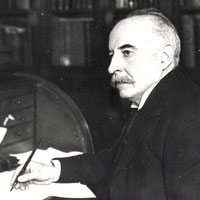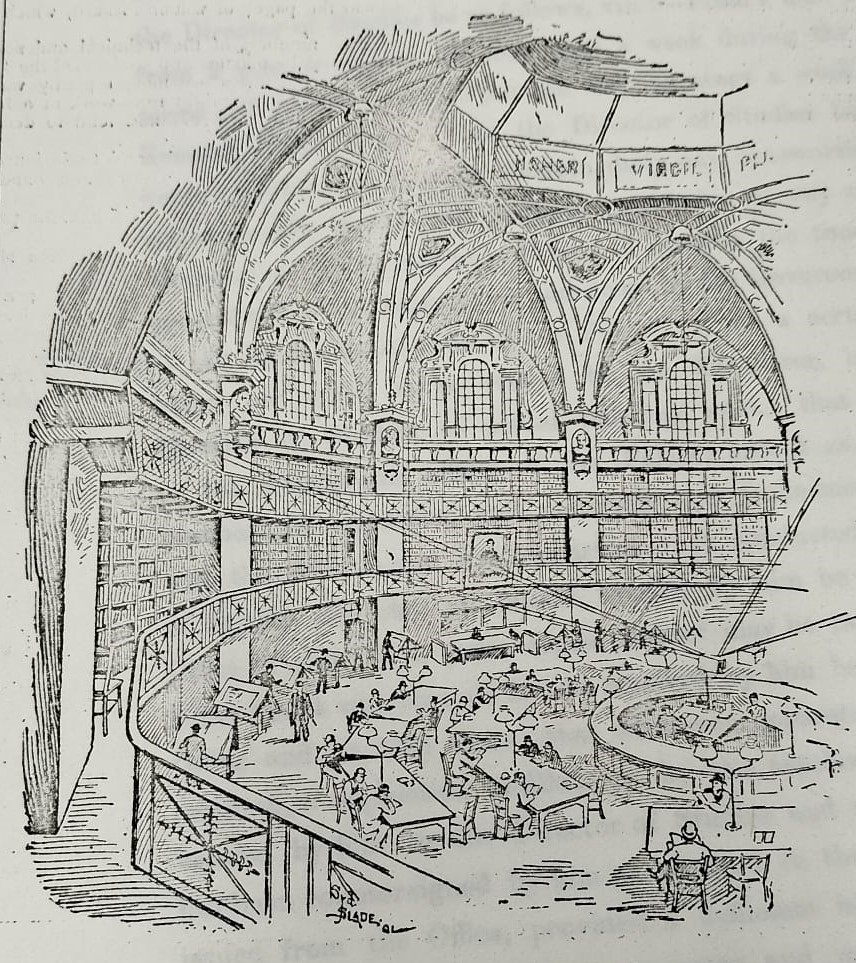Clement Atlee Statue

Photography: Norah Alghafis
The Novo Cemetery Queen Mary's Student Union
The statue of Clement Atlee is dedicated to the man who was the leader of the Labour Party from 1935 to 1955 and who served as Britain’s Prime Minister from 1945 to 1951. He is best known as the Prime Minister that significantly improved social services and the public sector in a post-war Britain. Atlee created the National Health Service (NHS) and nationalised major industries and public utilities. His government is also known to have oversee the process of decolonising Pakistan, India, Ceylon, Jordan and Burma.
Clement Atlee was part of a middle-class family in London and studied at Oxford University before training as a lawyer. Eventually, he managed Haileybury House which is a charitable youth organisation in Limehouse, East London that impacted his political views as he witnessed the poverty firsthand. This inspired him to join the Independent Labour Party in 1908.
When the First World War began, Atlee applied for a Commission, and he served as a Captain within the War. He was granted a promotion to the rank of a Major for being known as an effective and efficient leader.
When returning from the war, Attlee became the Mayor of Stepney in 1919 and MP for Limehouse in 1922. Eventually, he was elected leader of the Labour party in 1935.
During the Second World War, he was part of Winston Churchill’s coalition government and held the title Deputy Prime Minister from 1942 to 1945.
He became Prime Minister when a general election was held at the highest point of the war in Europe and he led the Labour Party to an unexpectedly large victory: they had won 393 seats compared to the Conservative’s 213 seats.
As a Prime Minister, Attlee was perceived as a notoriously blunt and quiet man who was able to take quick and decisive action. While his leadership appeared to be collaborative, once the Prime Minister allowed his Cabinet members to express their views, he swiftly made decisions with precision, leading to the successful implementation of nearly all of Labour's manifesto commitments during Attlee's tenure.
Although the Second World War had left Britain almost bankrupt, he managed to establish the National Health Service and brought many of Britain’s largest industries under state control. These industries included: coal mining, electricity and the railways. He successfully managed to do so under the post-war issues that Britain was facing; currency crises alongside shortages of food and resources that led the British people to continue to ration despite the war ending.
Whilst elected as Prime Minister, Attlee also participated in important foreign policy activity. He and his Foreign Secretary, Ernest Bevin, supervised the process of Indian independence, Financial assistance from the United States, including 'Marshall Aid,' for the reconstruction of Britain and Western Europe, the Berlin airlift, and Britain's dedication to the United Nations.
When the General Election was held in 1950, Labour had lost its majority. Nevertheless, Attlee remained at the helm of the Labour Party until 1955 and passed away in 1967 at the age of 84.
Sources Used:
Clement Attlee (no date) History of Clement Attlee - GOV.UK. Available at: https://www.gov.uk/government/history/past-prime-ministers/clement-attlee (Accessed: 17 September 2023).
Other ways to explore Queen Mary College:
Information

The information page contains all the information that can be found on the virtual tour in one, easy to navigate, page.
People

The people page shows all the key figures mentioned throughout the tour, whose revolutionary work in their respective fields still assist in research today.
Stories

The stories page provides information about the Trust established between Westfield College and Queen Mary College.
Community

The community page provides an opportunity to learn more about notable events that have occurred in the Queen Mary University of London community.